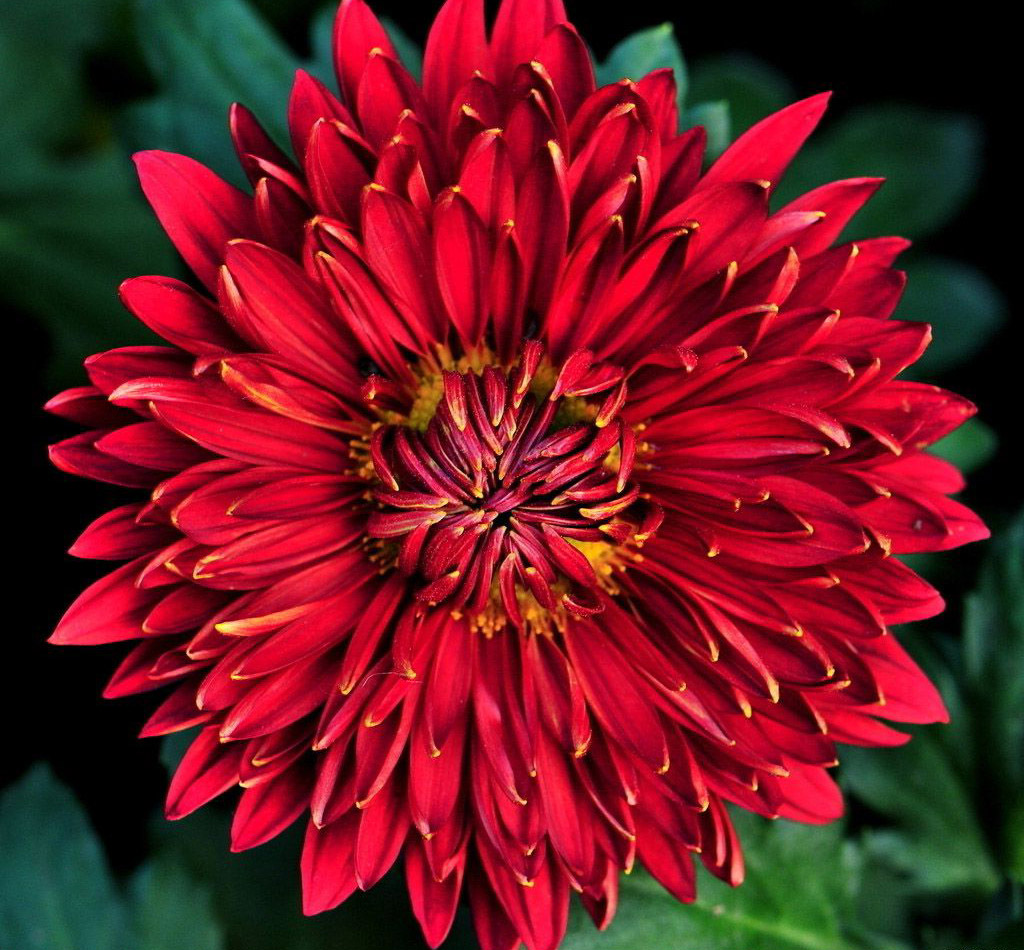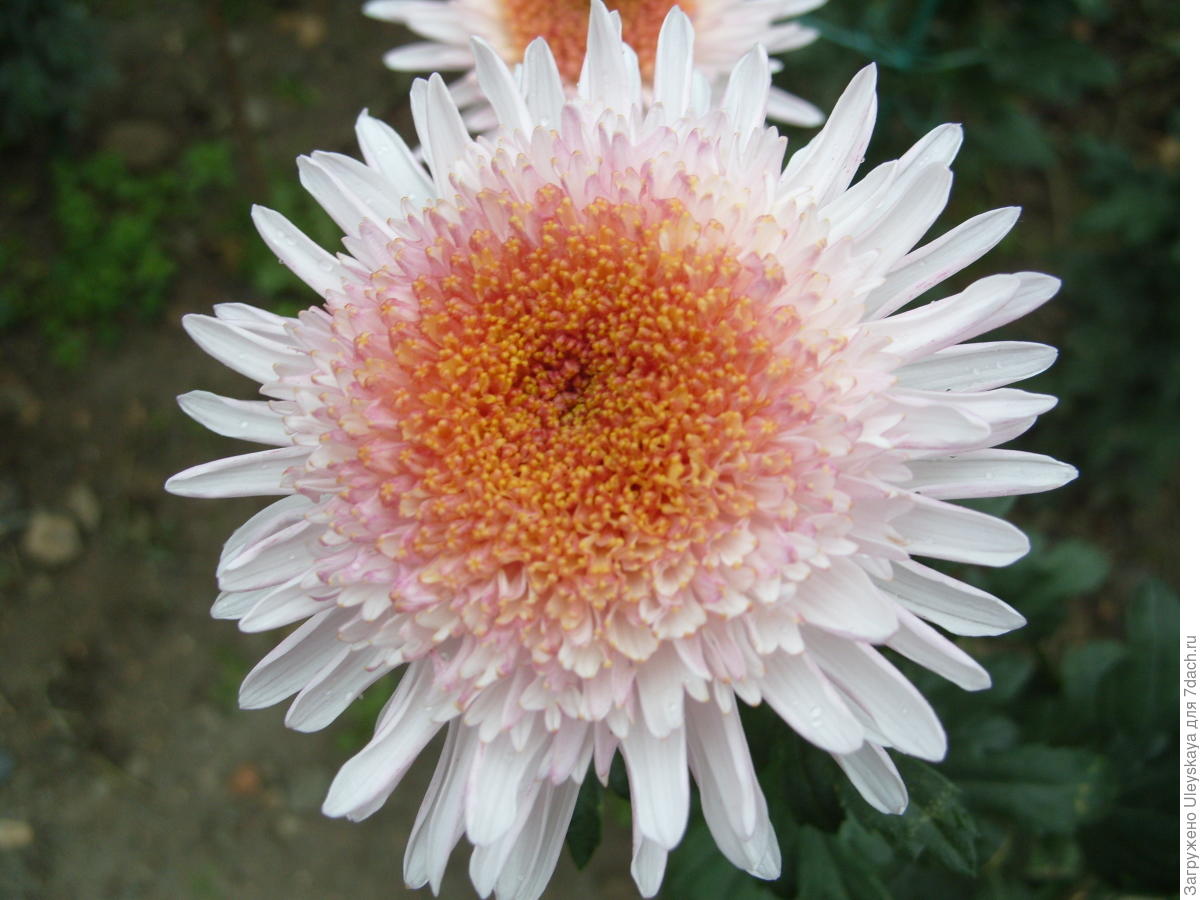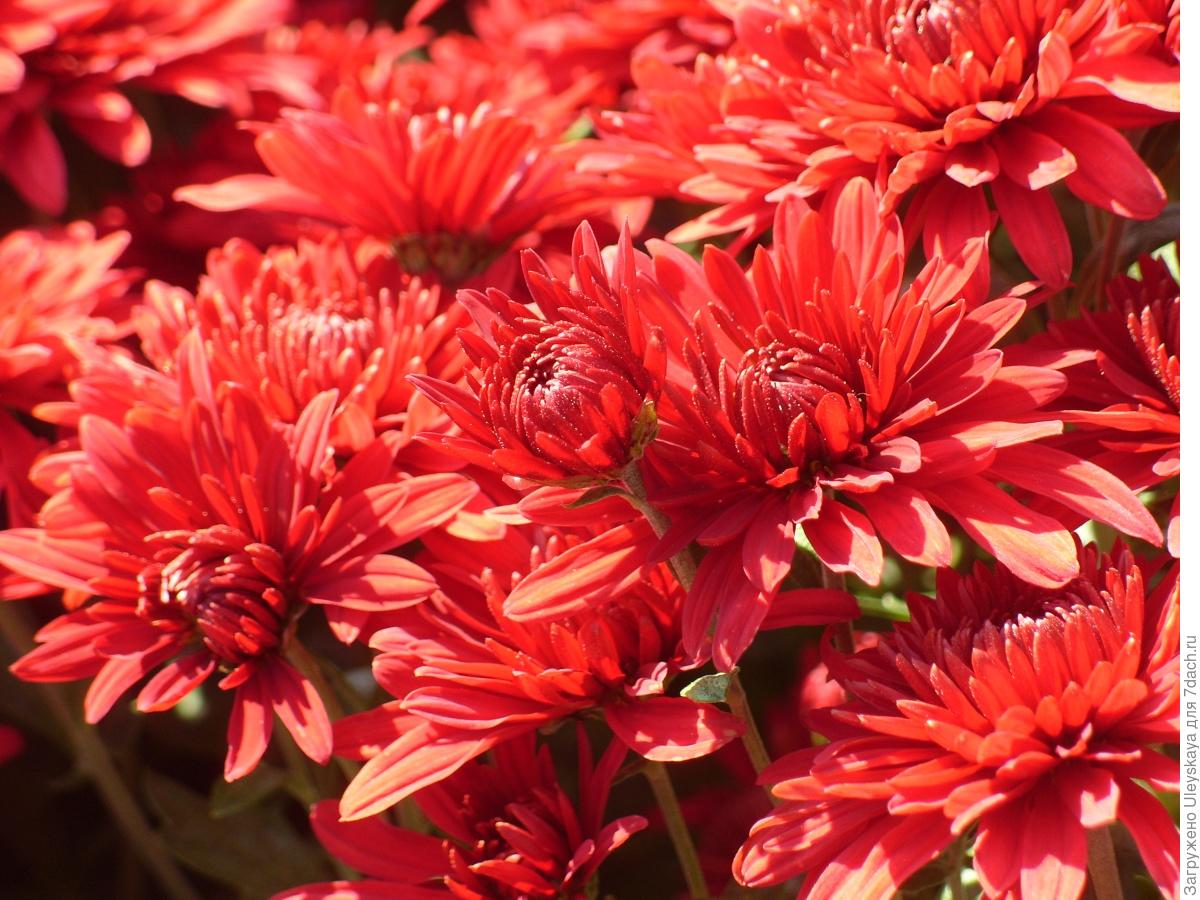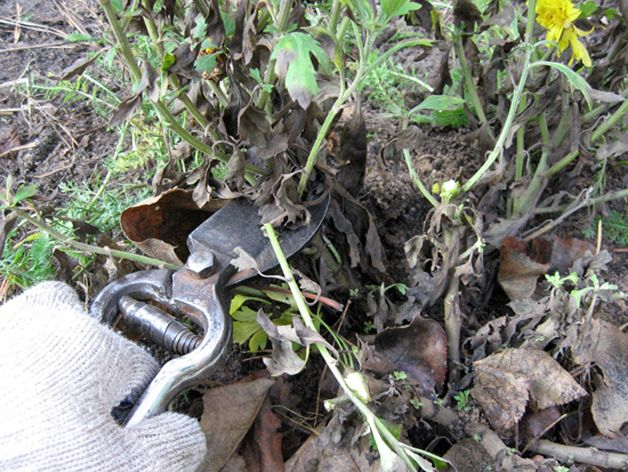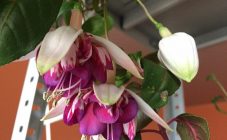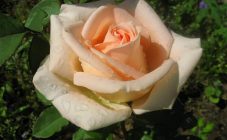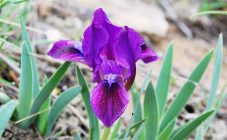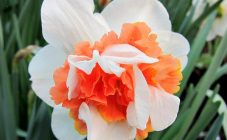Many gardeners strive to make their garden beautiful and unique. They choose to grow a variety of varieties that will delight the eye and provide flowering and fragrance to the site. Chrysanthemums are one of the popular horticultural crops that can be found in any garden.
Large selection of chrysanthemums
By right, the chrysanthemum has earned the name "Queen of Autumn". It prolongs the effect of the warm breath of summer until late autumn, delights the eye of gardeners with the variety and beauty of colors. Today the classification of this plant is very complex. Among the annual representatives, there are about 1000 varieties, some of them can be successfully grown at home on a windowsill, and then used in bouquets (the ideal option is the Green Lizard bush chrysanthemum or Fianna chrysanthemum). In this genus there are even flowers that are used in the preparation of tinctures, for example, chrysanthemum Peter or one-headed Peter have leaves with a mint scent.
Classification of varieties can be carried out according to different parameters. All types of flowers are maturing.
Early varieties
Among the most popular representatives of early varieties, one should highlight:
- The Resolut variety, which is distinguished by a large white flower (up to 18 cm) in the shape of a ball.
- Deliana white is a medium-sized white needle-like flowers.
- The Viscose variety is an early maturing variety, which is represented by small chamomile-shaped flowers that have a lilac color.
Mid-season varieties
This group also includes varieties of flowers with different sizes of inflorescences, among the most colorful and demanded are:
- Monna Lisa is a small-leaved chamomile-shaped flower that is pink in color.
- Orange is a large flower variety that stands out for its spherical shape and bright yellow color.
- Eleanor is a bright representative of gerbera flowers. It can be yellow, white or pink.
Late varieties of chrysanthemums
Among the late varieties, there are also many no less striking representatives:
- Champagne - the variety is distinguished by the spherical shape of lilac flowers with a diameter of up to 20 cm.
- Princess Armad Red is a bright representative of large-flowered chrysanthemums, which has a red-brown color and a spherical shape.
Also, many gardeners qualify all chrysanthemums for flower size.
Large-flowered representatives
Most often it is a culture represented by round flowers up to 60 cm high. They are grown in greenhouses. Some of the varieties do great indoors in pots. A special feature is a long stem, on which one flower is formed, reaching a diameter of 18-20 cm. Very beautiful orange flowers can be obtained by growing the chrysanthemum Aurora, delicate bouquets will be presented by a single-headed chrysanthemum Rossano. Chrysanthemum Barka has no less beautiful single-headed flowers, but they are brighter and more daring - burgundy.
Flowers with medium inflorescences
This group includes plants whose flowers have a diameter of 9-18 cm. Most often there are representatives with flat or rolled petals. They can be used to decorate flower beds in landscape design and when making bouquets:
- Red Chamomile. The flowers have a dark pink color and a diameter of about 9 cm. Color - from the beginning of September until the very frost.
- Chrysanthemum Ping Pong. The stem of the flower is up to 65 cm high; when unfolded, the spherical flowers are yellow. She is loved for the preservation of its original appearance in bouquets for up to 20 days.
- Chrysanthemum Grand Orange will delight you with beautiful bright orange flowers with a small green-yellow core.
Small-flowered chrysanthemums
You can also classify flowers by height, this parameter is important for landscape design.
Stunted species
This group of flowers occupies a separate place in landscape design. Most often they are used when creating curb beds. They form rounded neat spherical bushes without the help of people. Most often these are crops with an early flowering period and a small root system.
The most striking varieties include:
- Geese-swans are white daisies with a small yellow heart that bloom in September.
- Smile - purple spherical flowers with a diameter of up to 8 cm.
- Ausma - yellow-orange spherical flowers with a diameter of up to 3 cm.
Flowers of medium height
Medium-sized species can have double or simple inflorescences. They grow in beautiful bushes. Flowers about 8 cm are very often used for making bouquets.
- Chrysanthemum Umka. Beautiful spherical flowers, up to 4 cm in diameter. Flowering begins in early August.
- Opal variety. Yellow flowers up to 9 cm in diameter, spherical.
- Korean chrysanthemum Lipstick - shrubs with flowers up to 6 cm in diameter, which have a dark red color. Flowering begins in September.
Tall species
Also, all flowers of this type can be classified by the shape of the inflorescences:
- Pompom flowers. They are represented by needle-like petals collected in a ball that resembles a pompom, for example, the Chrysanthemum Owl Green.
- Anemoid flowers are represented by large petals, which are collected in an inflorescence, consisting of 1-3 rows. They are small in size and very much like anemones.
- Single-row and double-row representatives are framed by tongue-shaped petals. In the center there are tubular flowers. The border is located in 1 or 2 rows. For example, chrysanthemum Alenka or Toshka is represented by chamomile-shaped flowers. Chrysanthemum Stress will be more fluffy and vibrant.
- Semi-double flowers are represented by a small central flower, around which tongues are located in three rows. For bouquets, you can grow a semi-double chrysanthemum Lolipop, which has different colors, or purchase a variety of maiden chrysanthemum White Stars.
- Terry in structure resembles semi-double, but they are much more magnificent. The beautiful terry chrysanthemum Momoko will ideally decorate the bouquet.
Agrotechnics
Preparing for landing
You can plant a plant at different times: in spring or autumn. Each of them has its own pros and cons.Spring planting is convenient because the plant will have time to gain strength before frosts and will more easily endure the winter. But such flowers will not bloom in the first year - this is a minus.
Also planted in early autumn, at least 3 weeks before the first frost. The advantage of autumn planting is that a flowering shrub is immediately acquired, and it is clear where and how to use it in a flower bed so that it looks harmonious. For example, Etrusco chrysanthemum will differ radically from the Prada variety. It is important to choose winter-hardy varieties so that, with the right cover, they can still winter and sprout again in the spring.
Choosing a landing site
The plant is very fond of well-lit areas, since it will not be possible to get good flowering in the shade. For planting, it is better to choose places on a hill where moisture will not stagnate. Since the root system of this plant is superficial, it does not tolerate drought. The soil should be loose, moisture-permeable and fertilized. If, before planting, it is clear that the soil is empty and depleted, it is carefully supplied with humus, peat and compost.
Landing features
It is best to plant in rainy, cloudy weather - on sunny and clear days, shrubs do not take root very well. The landing sequence is as follows:
- A hole is dug, about 40 cm deep;
- Each hole is drained;
- The hole is watered abundantly with water;
- A seedling is placed and covered with soil.
- For tall varieties, additional support is organized.
Care
There are a number of mandatory activities that will help you successfully grow chrysanthemums and enjoy beautiful flowers every year:
- Topping. This is a very important point. Immediately after planting, the growth point is removed, after 20-30 days, repeated pinching is carried out. The upper shoot is removed, on which 2-3 nodes should already form. Otherwise, the plants will stretch upward, and you will not be able to get flowers.
- Shading. In order for the planting to take root, it is important to artificially shade the bushes in the first weeks.
- Watering. When grown outdoors, watering should be moderate. It is important not to allow the root system to fester - this will lead to death. Abundant and generous watering is needed during periods of drought and before flowering. It is best to water with settled rainwater.
- Top dressing. Fertilization is an important part of growing this crop. To get beautiful bushes and abundant flowering, fertilizers are applied every week. Before the beginning of the budding period, an infusion of mullein is used (proportion 1:10). After the first buds begin to form, phosphorus and potassium compounds should be added to the dressing. To increase the green mass, nitrogen compounds are periodically introduced into the soil. In order not to provoke burns on the leaves, care should be taken that nutrient solutions do not fall on them.
Preparing for winter
In general, chrysanthemums intended for cultivation in the open field tolerate winter cold well. Nevertheless, shrubs should be covered so that the root system does not suffer. For example, Bella Pink chrysanthemum can easily cope with cold weather if it is covered for the winter. There are several ways to prepare a plant for winter. It is possible in October-November to organize a frame over a flower bed with flowers, which is covered with cellophane film.
After the stems and foliage are removed by cutting, the root system is covered with fallen leaves, spruce branches or straw.
Diseases and pests
Chrysanthemum is distinguished by its endurance and good immunity. Nevertheless, in the process of growing, you can meet various enemies in the form of insects and some flower diseases. The most common problem is root rot, as the crop cannot tolerate stagnant moisture.For prevention, you can use Fitoftorin. It is added to the water when feeding.
You can also meet powdery mildew, which appears as a white bloom on the leaves. In this case, the damaged leaves are removed, and the plantings are fed with potash and phosphorus fertilizers.
Sometimes cultures are affected by nematosis. Light spots on the leaves, which gradually darken and dry out, will tell about its presence. To get rid of it, disinfection should be carried out: the plant is treated with steam, and then with formalin and carbothione.
The main pests that can ruin beautiful bushes are: ticks, snails, leaf rollers. Among the most effective drugs for fighting, Fitoverm, Ratibor, Iskra, Aktara should be distinguished.
Having decided to grow chrysanthemums on your site or windowsill, you first need to decide on the type and variety, since today store shelves offer a large selection. It is best to purchase zoned varieties, since many of them are not able to withstand the cold climate of some regions, while others will perfectly cope with winter frosts even without digging up. In the list in favor of which variety of chrysanthemums to make a choice: Sorbet, Sudarushka, Grand Cherry or Elena, you just need to carefully study the description and understand whether it will be possible to grow it in your own conditions or not.
